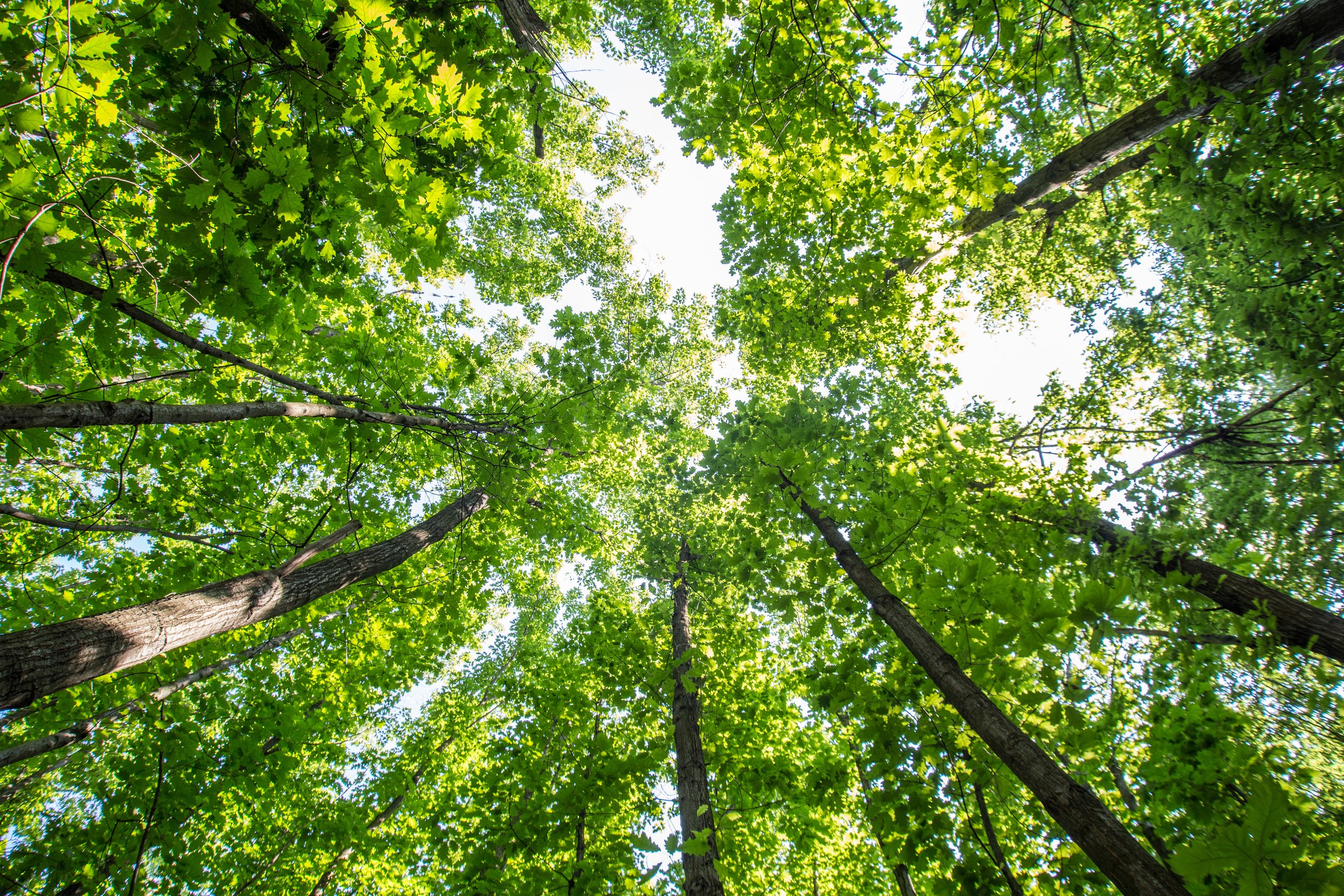
Green Heart Louisville Project

With a multimillion-dollar investment in underserved Louisville neighborhoods, the Green Heart Project seeks to demonstrate the scientific link between nature and human health. By tackling two critical concerns – air pollution and chronic disease – with a new, nature-based approach, Green Heart hopes to create a platform for major change. The project is a clinical trial where trees are the medicine. What we learn in Louisville could improve the lives of thousands of people and potentially millions worldwide.
HEAL Study
The University of Louisville has invited people ages 25 to 70 in six South Louisville neighborhoods to participate in the HEAL Study. This study is part of the Green Heart Project and will investigate how neighborhood greenness impacts the health of the people in these communities.
Environmental Monitoring
Since 2019 Green Heart has been monitoring air pollution and many aspects of the environment in the study area. In addition to air pollution, we have measured noise levels, biodiversity, and greenness to understand how the intervention, 8,000 trees planted to block and redirect traffic-related air pollution, changes the neighborhood and the health of the people who live there. This environmental data is used to assess the impact of increased greenness on air quality and noise, and to correlate changes in the health measurements taken as part of the HEAL Study.
Urban Greening
The tree-planting stage of the Green Heart project is complete, with thousands of trees having been planted from 2019-2022. How did Green Heart and its partners determine which trees to plant? The answer is rooted in science. Read more from The Nature Conservancy (TNC). Read more from TNC’s Kentucky Field Notes Spring/Summer 2020 (download the newsletter (here).
Check out these other reports from TNC
Community Engagement
Green Heart’s community engagement efforts are directed by UofL’s Department of Communication. They work to support community engagement to maintain and continue to build ties with residents of the study area in a variety of ways.
Community Advisory Board (CAB): The CAB is composed of members from the study communities and they meet quarterly to share residents’ interests with project leadership and to provide updates about project progress.
Canopy Newsletter: This quarterly newsletter is delivered to community members’ inboxes with project updates and news. See all issues of the newsletter here,
Community Conversations: Every other month project researchers are invited to present their work to community members.

The Latest Envirome News





